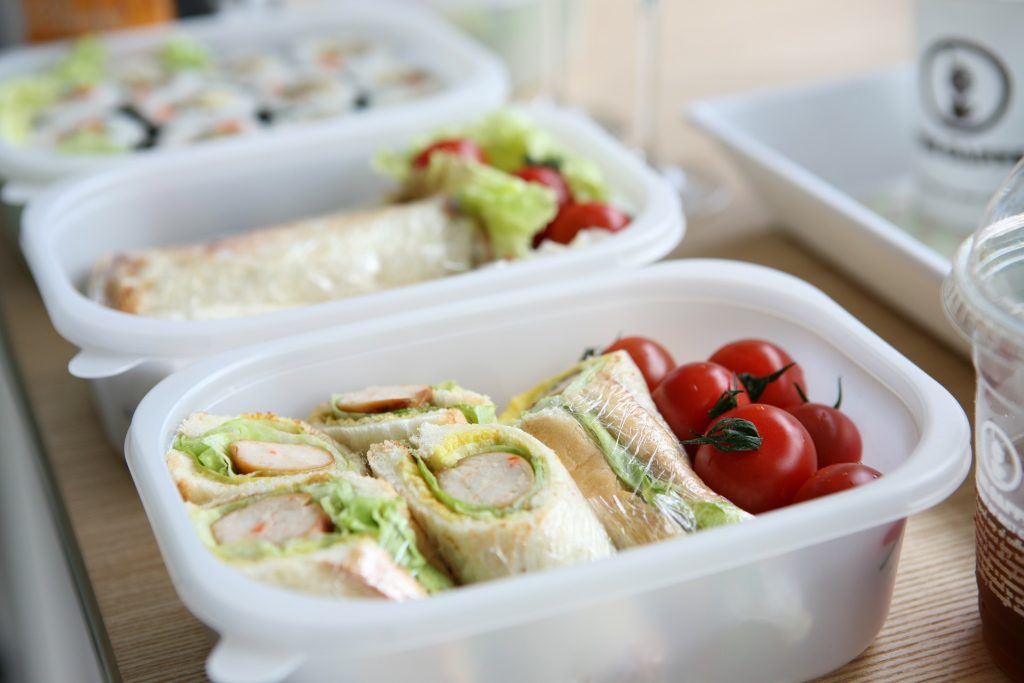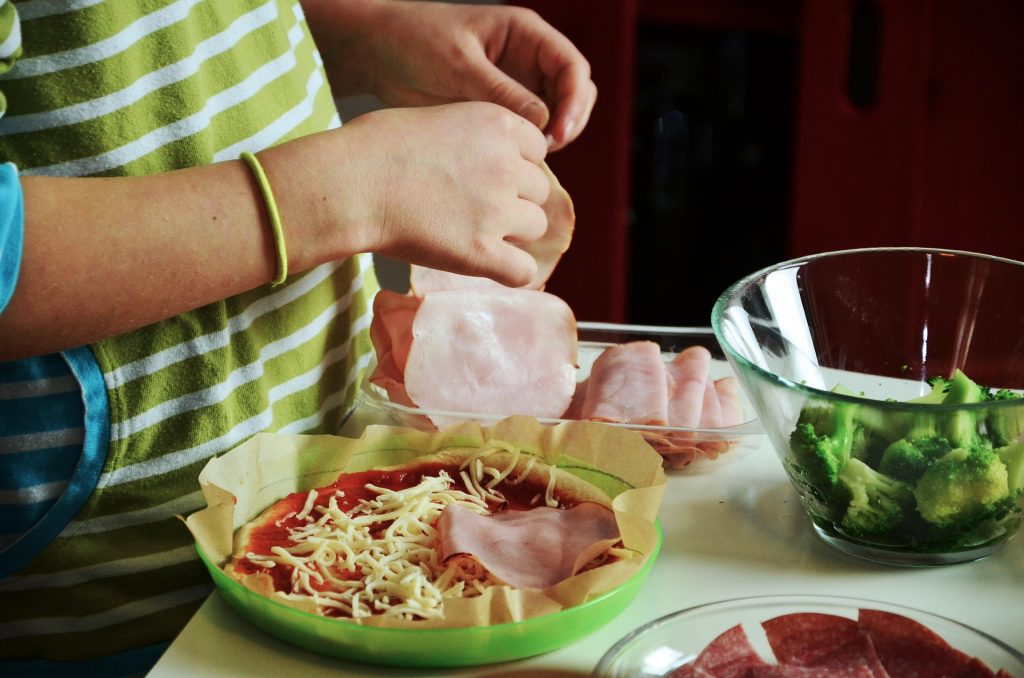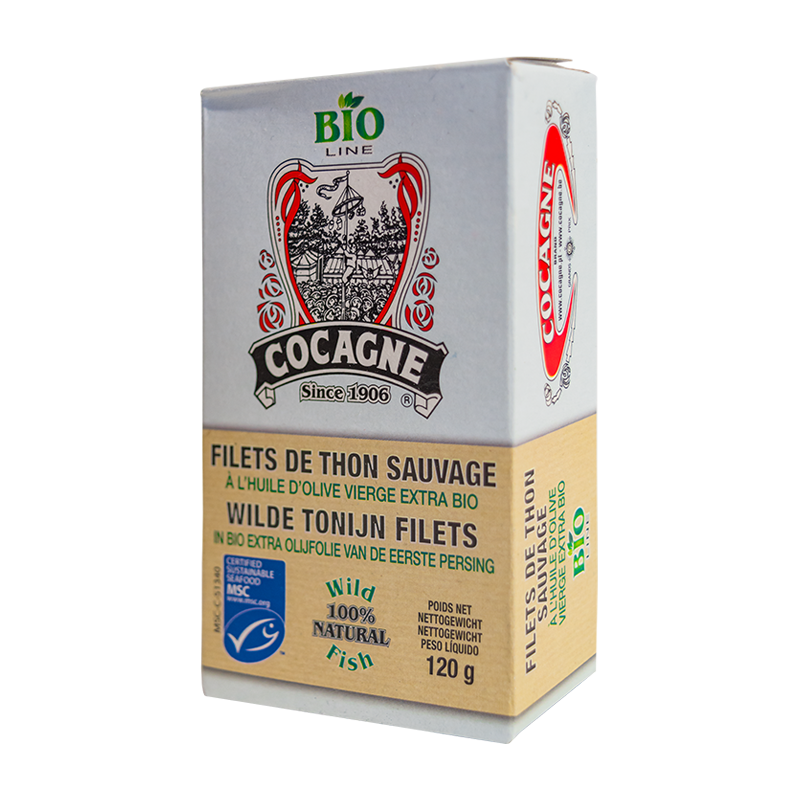If you have school-aged kids, you surely think a whole lot about what kind of food you should send with them to school. It should be tasty and nourishing, and having it ready quickly would be nice, too – who has the time and energy, after all, to cut out star and flower shapes from sandwiches and slices of cheese day after day? Let’s be real, as much of a super-mom as you may be, real life simply isn’t Pinterest…
Luckily, you are most certainly able to prepare appetizing and healthy meals, without spending too much time in the kitchen. The secret lies in fresh, quality ingredients, and clever packaging! But before we get going with listing ideas for school-meals, let’s address one important question: is it necessary at all to pack food for children to take with them to school? For most families, especially when there are two or three school-aged children, packing food for school results in utter chaos, making this chore just another source of stress for parents. So, is it necessary at all?

If this question were to come up, there are two main things to consider: what healthy choices do the children have in school cafeterias and buffets, and are those choices worth their price? Although there are more and more healthy choices in school buffets, oftentimes these healthier choices also come at a higher price. Let alone the fact that you, as a parent, won’t even know what goes into that, say, sandwich. Were a child to have some kind of food allergy, there might not be a good option for them.
Fast and healthy ideas for elevenses, as recommended by our dietary expert, Ráhel Nyikos
- Well-washed apple, sliced, with slices of emmental cheese and a fistful of cashews
- 1 rye-bun with Briosa tuna pâté and a red pepper
- Homemade walnut cream cheese (made with grated parmesan and ground walnuts) with purpur bread
- beat and carrot smoothie with a tuna sandwich (pumpkin seed bun + Maruzzella tuna in olive oil, a couple drops of fresh lemon juice)
- The Queen of the Coast tuna salad with potatoes, carrots and peas and spelt matzos
If possibel, it’s always best if your child has a warm meal for lunch, preferably a vegetable based oven baked, layered, or pottage dish, best combined with white meats and sea-fish.
What is the deal with children with food allergies? How should we teach younger kids (with allergies) what they can and cannot eat? What can be done were the schools not be equipped to provide for special dietary needs?
Ráhel: Don’t underestimate children! My experiences show that even really young (5-6 year old) children will understand when you explain to them that eating certain foods will „make their tummies hurt”, or make them sick. When they get school-aged, we can go more into detail as to why certain foods should be avoided. It’s importan for children with food allergies, that, even after succesfully avoiding allergy inducing foods, their diets stay complete, and that their bodies don’t lack any essential nutrients. It’s definitely worth turning to a dietary expert, who can help you find the proper alternatives. This way children won’t necessarily feel like there’s something missing from their diets. Packaging meals and snacks in advance should help these children more safely keep their diets. Always try including some kind of snack fitting their diets, making them less likely to accept if they are offered something by other kids. By doing all this, there is less responsibility on the school, and parents can be sure their children get the best possible for them. Of course it is still important that the teacher know why and what kind of special diet their students need to keep.
What should we pack our children’s school-meals?
There are many an option to choose from, from less eco-friendly nylon food bags to reusable, practical food containers – we’d definitely suggest the latter! The food won’t be squished in one of those as easily, either, and they come in an abundance of designs. The best kind of food containers are the ones that are divided into seperate little areas, making it possible to place some fruit next to a sandwich, as well. Kids enjoy these types of containers more, too. Younger children might even eat some foods when found in these containers they otherwise wouldn’t. That’s why it is a good idea to cut fruit and veggies into little shapes, if possible, and creatively arrange them in the food boxes.

Why it’s worthwile teaching your children to pack their own lunch
It’s a tremendous task to provide our children with a diverse diet in the first place, let alone if we also consider packing them meals for school… Although, as parents, it is our duty to provide healthy, nourishing foods to our kids, this doesn’t mean that we can’t let them prepare their own little meals!
Of course, for first through fourth graders it’s better if we packed their meals for them. For subteeners, however, it’s high time we taught this daily task. It’s possible they won’t like it at first, but if they internalize the process of selecting and preparing healthy foods, they will probably keep up these health-guided acts even when they are already young adults. One thing to help out our children with, though, is to always make sure the fridge and pantry are always stocked with healthy and nourishing foods. It’s important to always have fresh fruit and vegetables, and nourishing, whole wheat baked goods at home – canned fish and salads can also come in handy. Meal-ideas for elevenses can be compiled on notes, which can then be placed on the fridge for the children to see. When cooking lunch or dinner, always keep in mind to make enough of it to have leftovers for the next day, were our kids want to take some with them to school.

 Cocagne MSC wild tuna fillets in BIO olive oil, 120 g
Cocagne MSC wild tuna fillets in BIO olive oil, 120 g